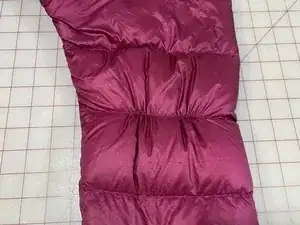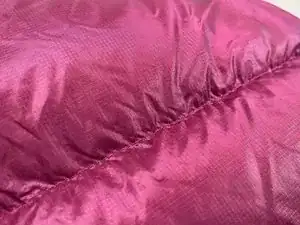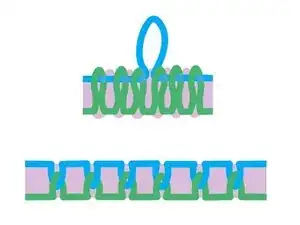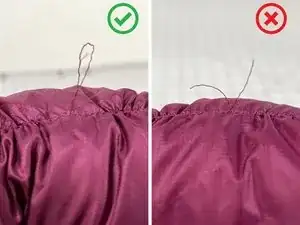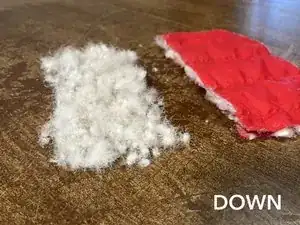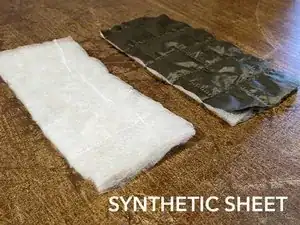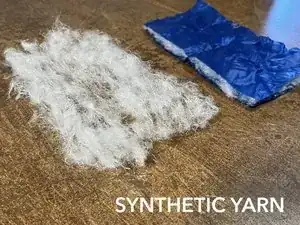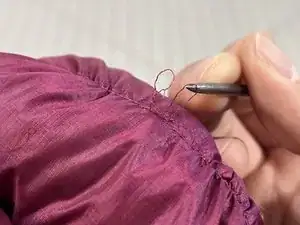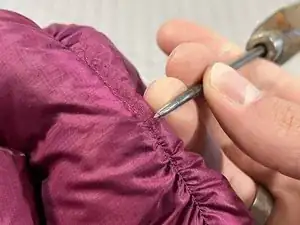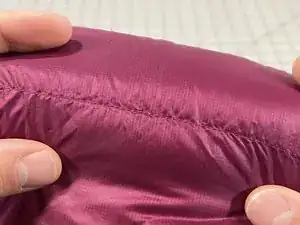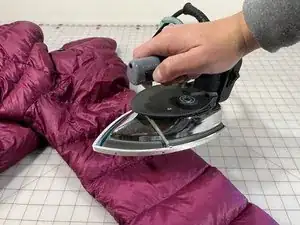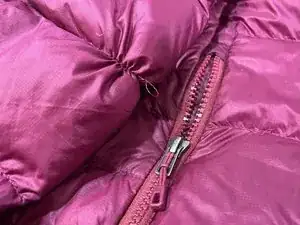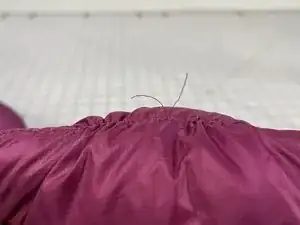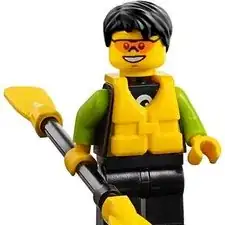Introduction
The stitching of a Patagonia insulated jacket can sometimes snag, pulling on the fabric and causing bunching around the thread.
This guide will demonstrate how to release snagged topstitching, provided the thread hasn't been cut or broken.
Before starting the repair, be sure to read through the entire guide and gather the necessary tools. No additional trims or parts are required for this tutorial.
Let's get fixing!
Tools
-
-
Down Insulation - The stitching is crucial to the functionality of the insulation because it creates separate baffles (channels) that contain the feathers. Snagged loops and cut threads should be repaired as soon as possible.
-
Synthetic Sheet Insulation (Nano Puff®, DAS®) - The stitching on sheet insulation holds the insulation in place against a shell or liner. Since the sheet insulation can hold itself together, thread snags and cuts are less detrimental than with down garments. Cutting loose Nano Puff threads doesn't affect technical performance.
-
Synthetic Yarn Insulation (Micro/Macro Puff®/DAS® Light) - Yarn-style insulation is a hybrid of down and sheet insulation. The yarn clusters hold themselves in place vertically, and the topstitching holds them in place horizontally. Snagged and torn stitching is less imperative to fix than down, but more crucial than sheet insulation.
-
-
-
Grab a pointed tool small enough to slide under the stitches, like an awl, toothpick, or safety pin. Don't use a seam ripper.
-
Starting on the stitch directly next to the loop, use the pointed tool to carefully pull the loop thread through the stitch.
-
Continue pulling the loop through stitch-by-stitch. The loop will get smaller and smaller as the thread is distributed evenly to each stitch.
-
-
-
POCKET ZIPPERS: One of the largest causes of snags is pocket zippers that catch the topstitching on forearms. Close pocket zippers when not in use to reduce this possibility.
-
CUT THREAD: If the snagged thread is cut, you'll need to use a sewing machine to remake the stitch.
-
